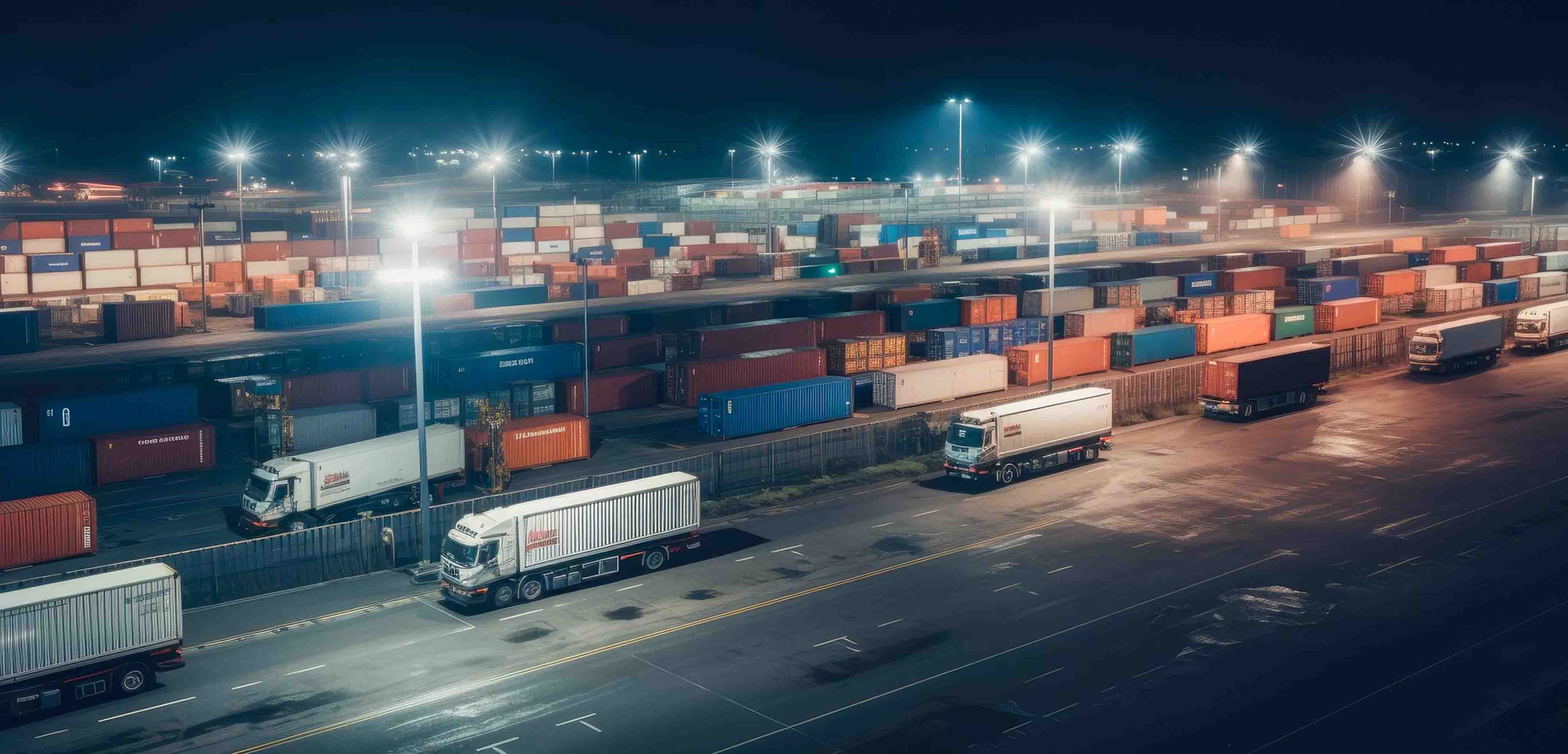
Top 4 Logistics Challenges During Seasonal Changes
Top 4 Logistics Challenges During Seasonal Changes
Seasonal changes present a myriad of challenges for logistics operations, introducing a complex array of obstacles that can impede the seamless flow of goods. Adverse weather conditions, such as low temperatures, high temperatures, snowstorms etc pose threats to the efficiency and reliability of transportation networks. The impact extends beyond the road, affecting warehouses, vehicles, and the overall safety of logistics personnel. As businesses navigate these seasonal complexities, strategic planning, advanced technologies, and adaptive measures become imperative to ensure the uninterrupted movement of goods and maintain the integrity of logistical operations. Let’s delve into the top 4 logistics challenges during seasonal changes and explore how to deal with them using the right technology.
Employee Safety
Seasonal changes, for instance, the onset of winter can pose safety risks for logistics personnel involved in loading, unloading, and transportation. Adequate training and safety measures are essential to prevent accidents and injuries. Video telematics, equipped with driver behaviour alerts, revolutionises fleet management by enhancing safety and efficiency. These alerts utilise advanced algorithms to monitor driver actions in real-time, identifying risky behaviours such as harsh acceleration, abrupt braking, or erratic steering. By promptly notifying fleet managers of these incidents, the system facilitates immediate intervention, coaching, and corrective action. This proactive approach not only improves overall driver safety but also leads to reduced accidents, lower maintenance costs, and increased fuel efficiency. Driver behaviour alerts in video telematics serve as invaluable tools in promoting responsible driving habits and fostering a culture of safety within a fleet.
An SOS button, often integrated into video telematics systems, serves as a critical safety feature. In emergency situations, such as accidents or medical crises, a user can press the SOS button to trigger an immediate alert. This alert is then transmitted to a central monitoring system or a designated contact, providing real-time information about the vehicle's location and status. This swift response mechanism ensures that help is dispatched promptly, potentially saving lives and minimising the impact of emergencies. The SOS button in video telematics acts as a lifeline, offering quick and effective assistance when it matters most, contributing to enhanced safety and security for drivers and passengers.
Tackling Communication Challenges
Extreme weather conditions can disrupt communication systems, making it difficult for logistics providers to stay in touch with drivers and coordinate operations effectively. Establishing effective communication channels is crucial for adapting to dynamic conditions and facilitating the seamless flow of goods throughout the entire year. To achieve this, it is imperative to leverage communication platforms that offer real-time updates to all stakeholders involved in the logistics process. Roadcast tech solutions stand out by seamlessly integrating with smartphones and enabling connectivity through Wi-Fi or Bluetooth. This not only simplifies access to critical information but also enhances the efficiency of information sharing, ensuring that all parties involved stay well-informed and can make informed decisions promptly.
Poor Visibility
Reduced visibility caused by sunlight, fog, smog, snow, or sleet can hinder transportation, making it challenging for drivers to navigate safely. Implementing real-time tracking and monitoring systems to stay updated on weather conditions is a potential solution. Implement scheduling adjustments to avoid peak periods of poor visibility. Equip vehicles with advanced visibility aids such as fog lights, reflective signage, and GPS navigation systems. Provide drivers with training on safe driving practices in low-visibility conditions. Geofencing and easy map view can be virtual perimeters for location-based alerts or actions. Severe weather may lead to road closures, restricting access to certain routes and causing detours, delays, or the need for alternative transportation methods. With route optimisation, diversify transportation routes and have contingency plans for road closures.
Fuel Costs
Cold weather can decrease fuel efficiency, and vehicles may consume more fuel to maintain optimal operating conditions. This can contribute to higher operational costs. Optimise your fuel efficiency and manage costs effectively with the Roadcast fuel reporting feature. Uncover valuable insights into your fuel consumption patterns, allowing you to identify inefficiencies and anomalies. Choose your preferred frequency—whether it's daily, weekly, or monthly—and receive detailed fuel reports directly. Keep a close eye on vehicle performance, pinpoint actual idle durations, and take strategic steps to enhance overall fuel efficiency.
Temperature Monitoring
Changing temperatures can impact the conditions inside warehouses and transport containers, affecting the storage of certain goods. Specialised storage and handling may be required for temperature-sensitive products. Roadcast temperature sensor is a crucial device that detects and measures temperature variations in its surroundings. It provides accurate data for diverse applications, ensuring optimal performance and safety in various industries.
Final Thoughts
Navigating logistics complexities becomes particularly challenging, especially during a seasonal change. Effectively addressing these challenges demands a proactive and strategic approach, seamlessly integrating advanced tools and comprehensive training protocols. The key lies in harnessing the power of cutting-edge technology, which not only facilitates smooth operations but also ensures maximum customer satisfaction. By adopting the right technological solutions, businesses can fortify their logistics framework, transforming challenges into opportunities and paving the way for enhanced efficiency and reliability.